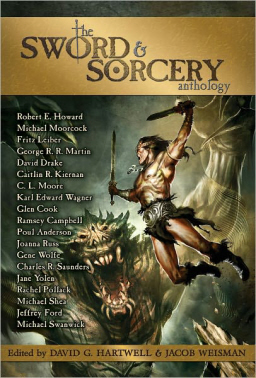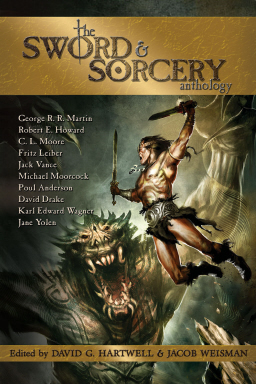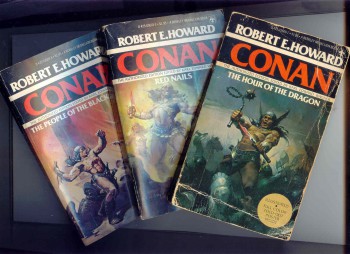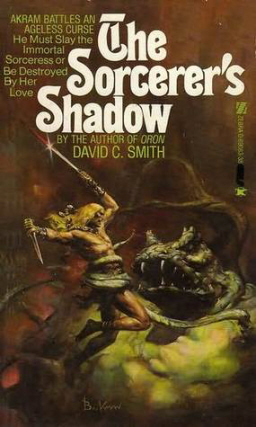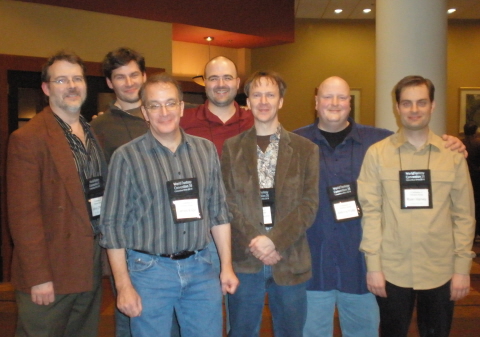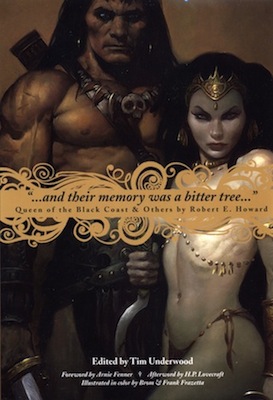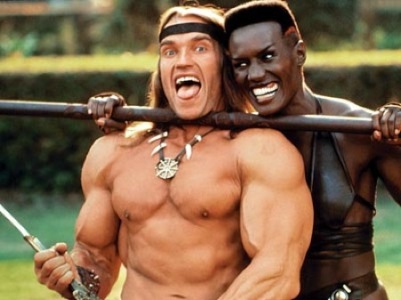How I Met Your Cimmerian (and other Barbarian Swordsmen)
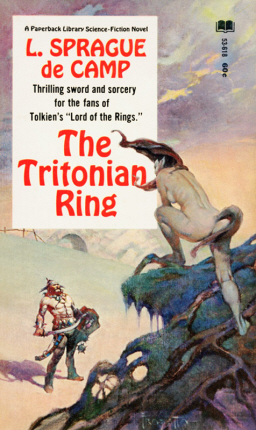 It was the summer of 1969. Very much like the one described in the song by Bryan Adams.
It was the summer of 1969. Very much like the one described in the song by Bryan Adams.
I quit the rock and roll band I’d been playing with since high school, went to work with my Dad, and had just finished reading The Lord of the Rings; a year earlier, while still in high school, I’d read The Hobbit. Now, after completing my magical journey through Middle-earth, I was totally hooked. I had found a liking — no, a craving for Heroic and Epic Fantasy.
Not long after that I discovered the Ballantine Books Adult Fantasy Series, wonderfully edited and championed by Lin Carter. Novels by Mervyn Peake, Lord Dunsany, E.R. Eddison, David Lindsay, William Morris, James Branch Cabell, Poul Anderson, and others fanned the flames of my passion.
To say I was addicted would be a gross understatement. No, I had found novels that had changed my life and would continue to do so for the next 40-plus years!
Then one day, while browsing through a used book store on State Street and Congress in downtown Chicago, I came across three more novels that would further alter my life. The Tritonian Ring by L. Sprague de Camp, The Swords of Lankhmar by Fritz Leiber, and an anthology of short-stories by Lin Carter, Beyond the Gates of Dream.
What was this new and exciting genre of fantasy fiction I had discovered? Sword and sorcery, of course! I was not only caught like an unwary Hyrkanian soldier, I was taken captive — axe, mace, and broadsword.
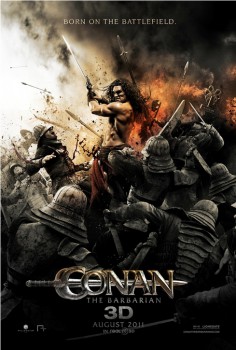 I have a week-long break between summer movie reviews, the gap between
I have a week-long break between summer movie reviews, the gap between 